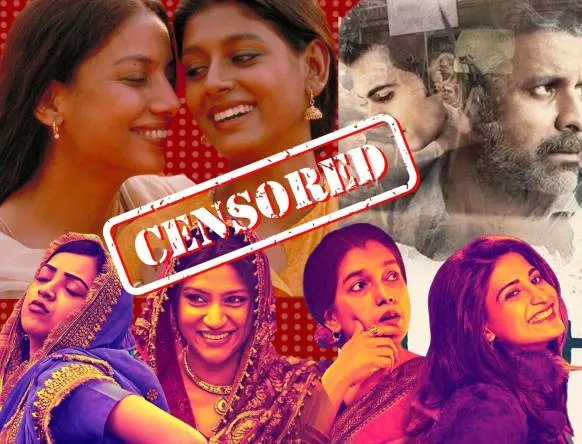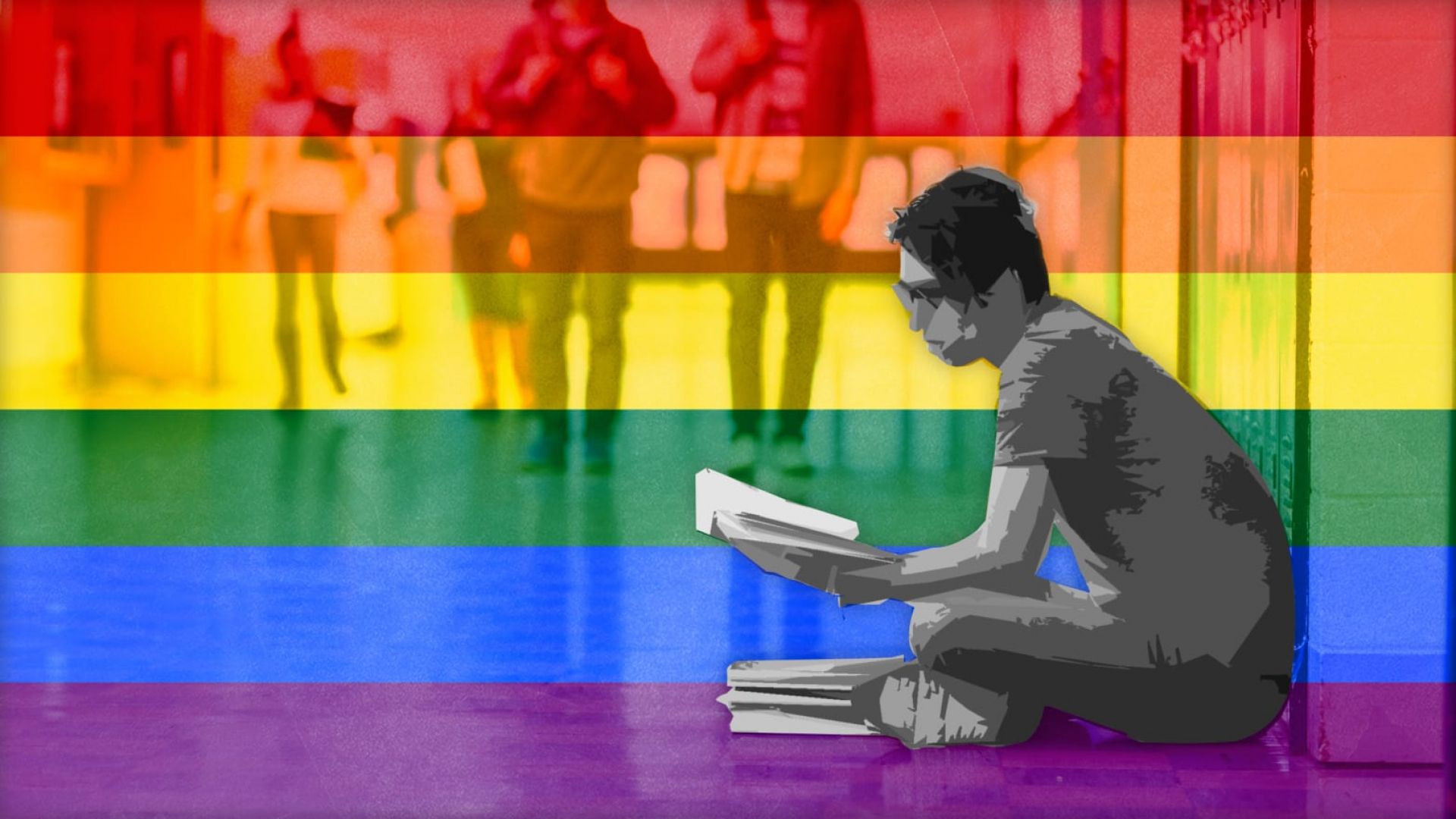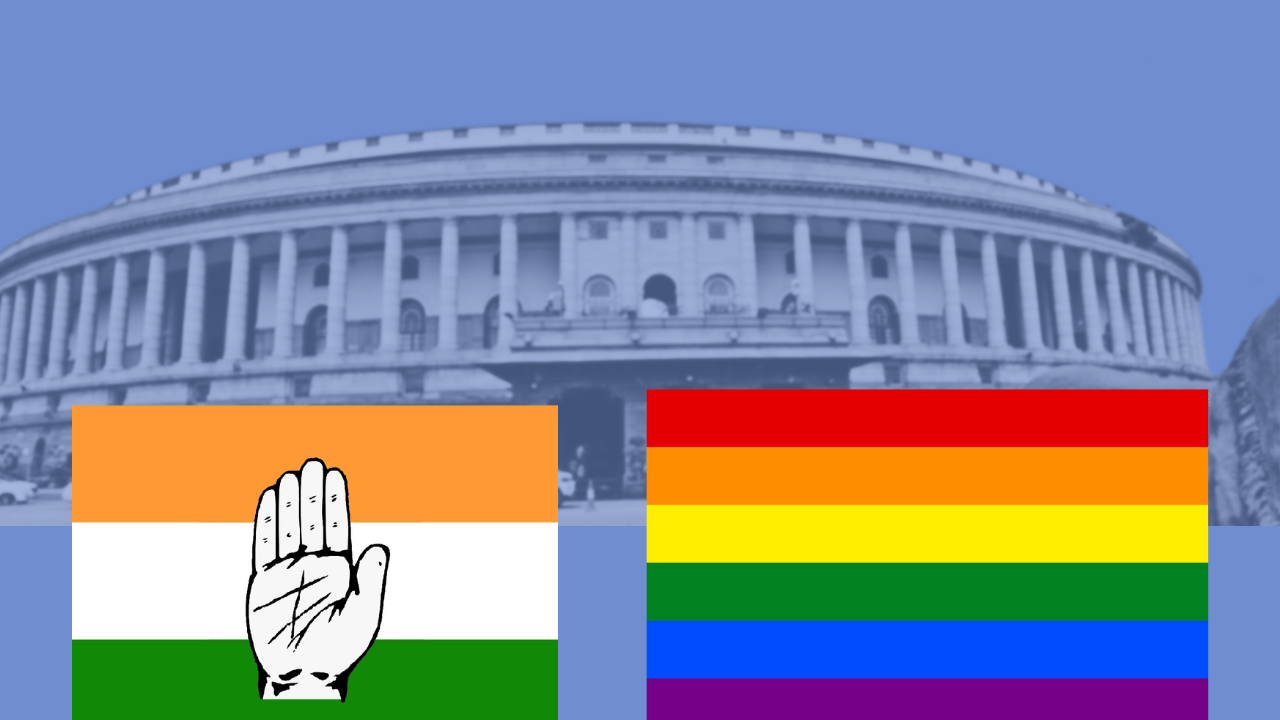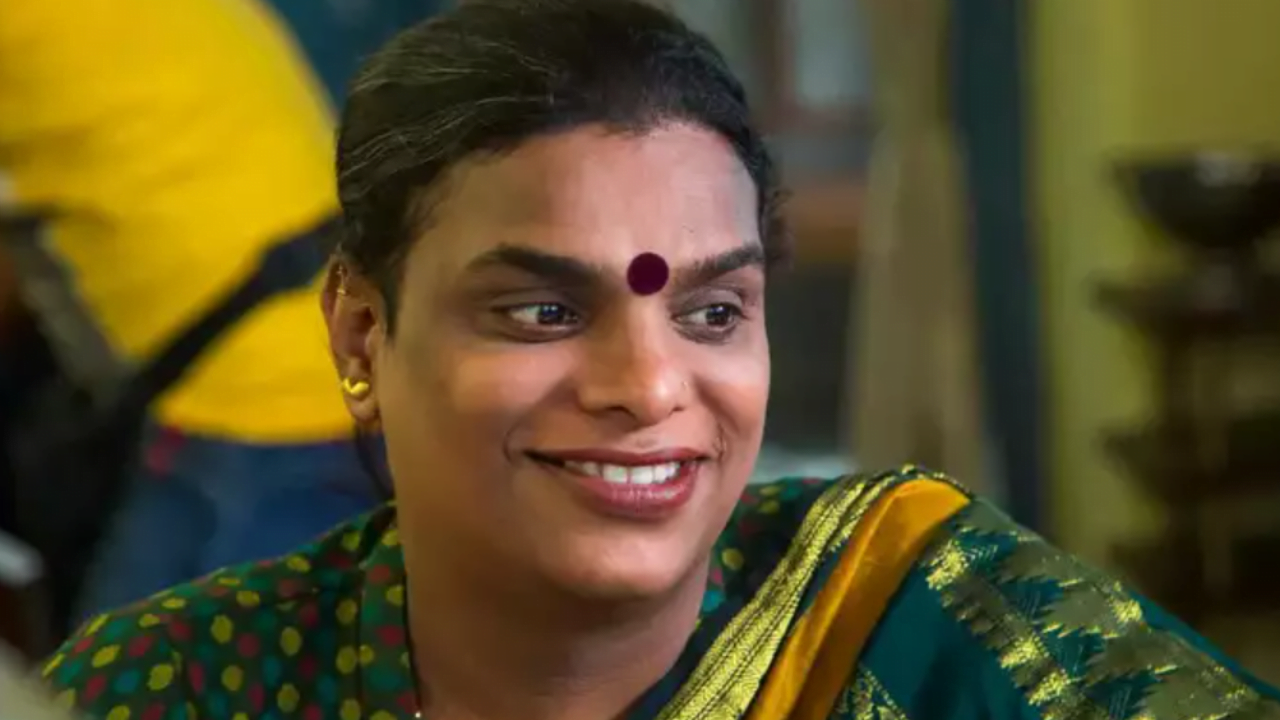Editor’s Note: FII’s #MoodOfTheMonth for November, 2021 is Popular Culture Narratives. We invite submissions on various aspects of pop culture, throughout this month. If you’d like to contribute, kindly email your articles to sukanya@feminisminindia.com
OTT or ‘Over the Top‘ platforms make it possible for filmmakers and storytellers to bring us stories, untouched by censorship. Content aired on these platforms enjoy greater artistic freedom since they are currently not being censored. As a result, queer representation is making its way to the surface. Audiences have a chance to experience stories that are truly inventive, creative, and diverse in their origin and execution.
Through OTT platforms, what was previously projected as ‘mainstream‘ and ‘the only narrative‘ worth producing and reproducing through the mighty banners of the high-budget Bollywood film industry are finally being challenged and re-evaluated.
Queer representation is not just about romance, love, and struggle, it is also about bringing focus to the people living on the sidelines and reaffirming their existence beyond the constrictions of heteronormativity. Creators and directors have often fallen short in these regards but the initiative to diverge from the tried-and-tested formula is a positive step.

A look into emerging queer stories
The Indian audience has long been starved of positive queer portrayal in films and shows. Only now, in the wake of the decriminalisation of section 377 from the Indian Penal Code, are we beginning to see directors and producers dip their toes into queer representation. Some shows like ‘Made in Heaven‘ (Amazon Prime), ‘Four More Shots’( Amazon Prime), ‘Feels Like Ishq (Netflix), ‘Ajeeb Daastaans’ (Netflix), and ‘Call My Agent‘ (Netflix), among others, feature queer characters in the lead in an Indian setting. Among these, Neeraj Ghaywan’s ‘Geeli Puchhi‘ stands out as a nuanced depiction of caste, patriarchy, and queerness with an honest narrative and a realistic portrayal of the complexities of our society.
After years of sidelining and erasure, any form of portrayal seems like a breath of fresh air. However, most queer stories portray a privileged, urban lifestyle where homophobia can be ‘cured‘ with Bollywood-style, grand, sentimental dialogues. Hardly any attempt is made to address centuries of institutionalised patriarchy which fuels such behaviour in our society.
The democratisation of content via OTT platforms is truly changing the way stories are being told, but it also comes bearing side effects. When it reaches a wider range of diverse audience, it is put through the ‘test of acceptance’. OTT content is often targeted for hurting the religious or political sentiments of certain sections of the society. Such accusations mostly come from those who are used to seeing themselves reflected on the ‘big screen’ and having their stories told unchallenged, and their sentiments safeguarded against any kind of diverse narrative

We mostly witness an utopia where our heroine in a saree can run through traffic and kiss her girlfriend in the middle of a busy, main street without anyone batting an eyelash. It helps re-live the romantic Bollywood dreams that the queer community has been denied for years. After being invisible for so long, we are impatient to see stories that capture the authentic experience of queerness – with all its complexities and glories.
Also read: Abar Jodi Iccha Karo: Debalina Majumder’s Film Offers A Nuanced Take On Desire And Being Queer
Queerness is not a domain of the rich and the privileged alone. Queer people exist in every community of our society and all of their stories are worth being told. OTT platforms sure have begun to give more visibility to queer experiences, but most of them still suffer from representational problems. A lot of cisgender, heterosexual assumptions and misrepresentations of queer lives also pass off despite being tokenistic, sensationalised content in the process.
The fact that the OTT space redefines the ‘mainstream‘, away from the censor board approved, hero-led narrative is promising, but there is still a very long way to go in terms of representation and non-appropriation both on and off screen.
Censorship and the future of queer representation
India’s audience is very diverse for us to be able to make a monolithic statement about their reaction to OTT content. Yet, it is undeniable that India is one of the fastest-growing markets for OTT platforms and, one can safely assume that these platforms are only going to expand while there is profit to be made.
The democratisation of content via OTT platforms is truly changing the way stories are being told, but it also comes bearing side effects. When it reaches a wider range of diverse audience, it is put through the ‘test of acceptance‘. OTT content is often targeted for hurting the religious or political sentiments of certain sections of the society. Such accusations mostly come from those who are used to seeing themselves reflected on the ‘big screen‘ and having their stories told unchallenged, and their sentiments safeguarded against any kind of diverse narrative.
Specific legislative guidelines are in the pipeline by the Information and Broadcasting Ministry to censor certain content. This inevitably raises the question ‘how far is this censorship justified and who exactly does it cater to?‘ At a time when individual expressions and artistic freedom are increasingly being curtailed, the future of queer representation in Indian shows and cinema seems uncertain

As a result, the threat of censorship looms large over OTT content. Specific legislative guidelines are in the pipeline by the Information and Broadcasting Ministry to censor certain content. This inevitably raises the question ‘how far is this censorship justified and who exactly does it cater to?‘ At a time when individual expressions and artistic freedom are increasingly being curtailed, the future of queer representation in Indian shows and cinema seems uncertain.
However, the queer Indian audience is resilient and we sustain ourselves on hope. OTT platforms are infamous for slipping in their content ‘under the radar’ and we are hopeful, even with censorship, they will find a way to keep diversity of narratives alive.
Also read: Geeli Pucchi: Exploring The Messiness Of Caste And Sexuality
Debabratee (she/they) is a student of English Literature at Jadavpur University. When they are not found reading or writing, they are found running after their pet dog and cuddling with him. They are an avid binge-watcher of all kinds of OTT content and like to dissect and analyse them in their free time. They can be found on Instagram




